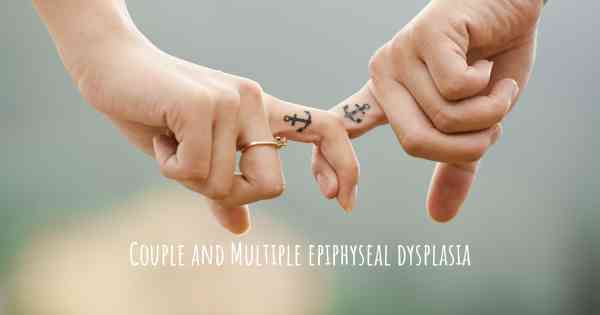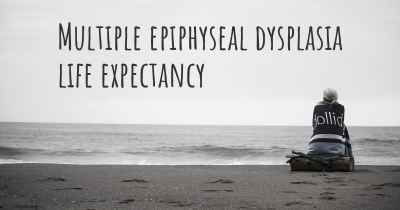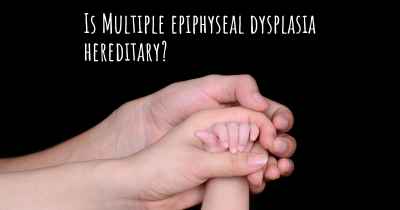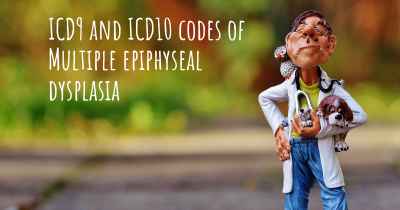Is it easy to find a partner and/or maintain relationship when you have Multiple epiphyseal dysplasia?
People with experience in Multiple epiphyseal dysplasia give their opinion on whether it is easy or not to have a partner or to maintain a realationship when you are diagnosed of Multiple epiphyseal dysplasia. What are the possible difficulties in having a relationship?

Is it easy to find a partner and/or maintain a relationship when you have Multiple Epiphyseal Dysplasia?
Multiple Epiphyseal Dysplasia (MED) is a rare genetic disorder that affects the growth and development of the bones, particularly the ends of long bones in the body. While MED can present challenges in various aspects of life, including physical limitations and potential pain, it does not necessarily make it difficult to find a partner or maintain a relationship.
When it comes to finding a partner, it is important to remember that relationships are built on a foundation of love, understanding, and compatibility. While MED may require some adjustments and accommodations, it does not define a person's worth or their ability to form meaningful connections with others.
Here are a few factors to consider:
1. Self-Confidence: Confidence plays a crucial role in attracting a partner. Embracing oneself and being comfortable with one's condition can be attractive qualities. It is important to focus on one's strengths, personality, and interests rather than solely on the physical aspects affected by MED.
2. Communication: Open and honest communication is key in any relationship. It is important to discuss your condition with a potential partner, explaining the challenges you may face and how it may impact your daily life. This allows for understanding and empathy, fostering a strong foundation for the relationship.
3. Supportive Partner: A supportive partner who understands and accepts your condition can make a significant difference. They can provide emotional support, assist with physical challenges, and help navigate any obstacles that may arise.
4. Shared Interests: Building a relationship based on shared interests, hobbies, and values can help create a strong bond. Focus on finding someone who appreciates you for who you are beyond your medical condition.
5. Adaptability: Relationships require adaptability from both partners. While MED may present certain limitations, finding ways to adapt and overcome challenges together can strengthen the relationship.
6. Seeking Support: Connecting with support groups or online communities for individuals with MED can provide valuable insights and advice from people who have similar experiences. These communities can also offer emotional support and guidance on navigating relationships.
7. Professional Help: In some cases, seeking professional help from therapists or counselors can be beneficial. They can provide guidance on building healthy relationships, managing expectations, and addressing any emotional or psychological challenges that may arise.
Ultimately, finding a partner and maintaining a relationship when you have Multiple Epiphyseal Dysplasia is possible. It may require some additional effort, understanding, and support, but with the right mindset and approach, individuals with MED can form fulfilling and loving relationships.








